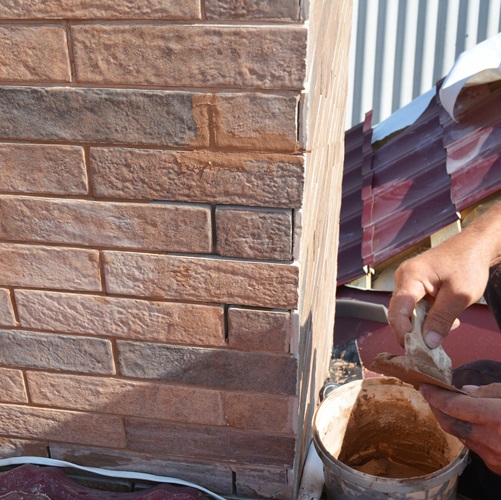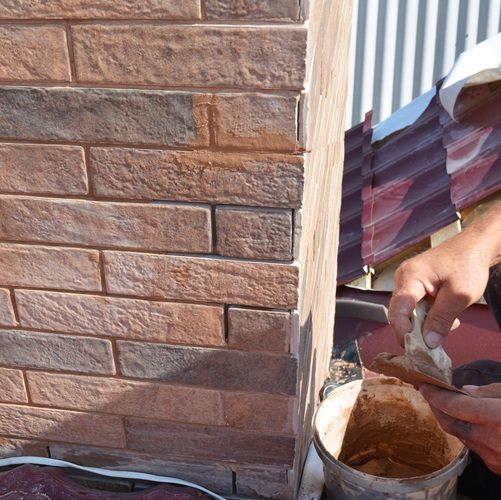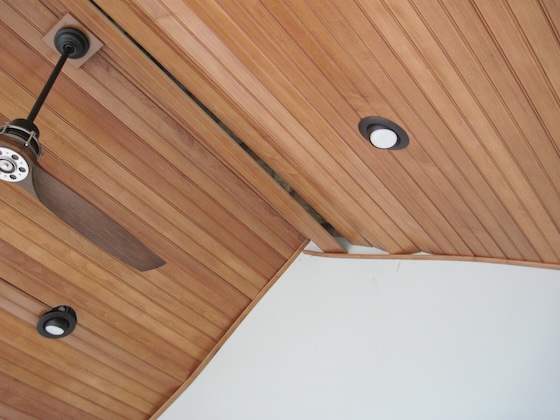
Understanding the Importance of Chimney Maintenance
Regular chimney maintenance is crucial in ensuring the safety and efficiency of your fireplace. Over time, soot and debris accumulate in the chimney flue, which can restrict airflow and increase the risk of a hazardous chimney fire. By scheduling routine maintenance and cleaning, you can prevent these blockages and avoid potential disasters.
Another essential aspect of chimney maintenance is the inspection of the chimney structure itself. Over time, exposure to the elements can cause wear and deterioration of the masonry, leading to cracks, gaps, or crumbling bricks. These structural issues not only compromise the aesthetics of your chimney but also pose a serious safety hazard. Regular inspections allow you to identify and address these issues promptly before they escalate into larger, costlier problems. Remember, investing in chimney maintenance today can save you from costly repairs and ensure the longevity and safety of your chimney.
Common Signs of Chimney Masonry Damage
One common sign of chimney masonry damage is the presence of cracks or gaps in the brickwork. These cracks can be small and barely noticeable, or they can be larger and more obvious. Regardless of their size, it is important to address these cracks as soon as possible, as they can lead to further deterioration of the chimney structure.
Another sign of chimney masonry damage is the presence of loose or crumbling mortar between the bricks. Over time, the mortar can become weakened by weather conditions and age, causing it to crack or erode. This can result in gaps between the bricks, which can allow water to seep into the chimney and cause further damage. If you notice any loose or crumbling mortar, it is important to have it repaired promptly to prevent further deterioration.

Assessing the Severity of Chimney Masonry Issues
When it comes to assessing the severity of chimney masonry issues, there are a few key factors to consider. Firstly, take a close look at the visible signs of damage. Cracks, spalling, and crumbling bricks are all indications of a potential problem. Pay attention to the size, depth, and location of these defects as they can help determine the extent of the damage.
Another aspect to consider is the structural integrity of the chimney. Are there any noticeable leaning or tilting? This could be a sign of a more serious issue that requires immediate attention. Additionally, inspecting the mortar joints is crucial. If you notice any gaps, erosion, or loose mortar, it could indicate a weakening foundation. By thoroughly assessing these aspects, you can better gauge the severity of chimney masonry issues and determine the appropriate steps for repair.
Tools and Materials Needed for Chimney Masonry Repair
Before embarking on any chimney masonry repair project, it is essential to have the right tools and materials at hand. These items will not only ensure a smooth and efficient repair process but also contribute to the overall longevity and structural integrity of the chimney. Here are some of the most commonly needed tools and materials for chimney masonry repair.
First and foremost, a sturdy ladder is an absolute must. Choose a ladder that is tall enough to reach the chimney safely and can support your weight as well as any necessary materials. Additionally, invest in a quality pair of gloves to protect your hands from rough surfaces and potential cuts. A dust mask is also highly recommended to prevent inhalation of harmful dust and debris. Other essential tools include a trowel for applying mortar, a joint raker to remove old mortar, a hammer and chisel for removing damaged bricks, and a wire brush for cleaning the surface before repair. Materials such as mortar mix, bricks, and mortar dye are also fundamental to achieving a professional chimney masonry repair.
Step-by-Step Guide to Tuckpointing and Brick Replacement
Tuckpointing and brick replacement are essential steps in maintaining the structural integrity of your chimney. These processes involve repairing damaged mortar joints and replacing broken or deteriorated bricks. By following a step-by-step guide, you can ensure that these repairs are done correctly and effectively.
The first step in tuckpointing and brick replacement is to assess the extent of the damage. Carefully inspect the mortar joints and bricks, looking for signs of cracking, crumbling, or missing pieces. If the damage is minor and limited to a few areas, you may only need to focus on those specific spots. However, if the damage is widespread, it may be necessary to replace larger sections of the mortar and bricks. Once you have determined the scope of the repair work, you can gather the necessary tools and materials to proceed with the tuckpointing and brick replacement process.
Chimney Masonry Repair 101: Restoring Beauty and Functionality was first seen on https://chimneysweeplosangeles.net/





More Stories
The Role of Chimney Inspections in Homebuying
The Rise of Bed Bugs: Why Are They Making a Comeback?
The Battle of Wits: Outsmarting Rodents with Strategic Pest Control